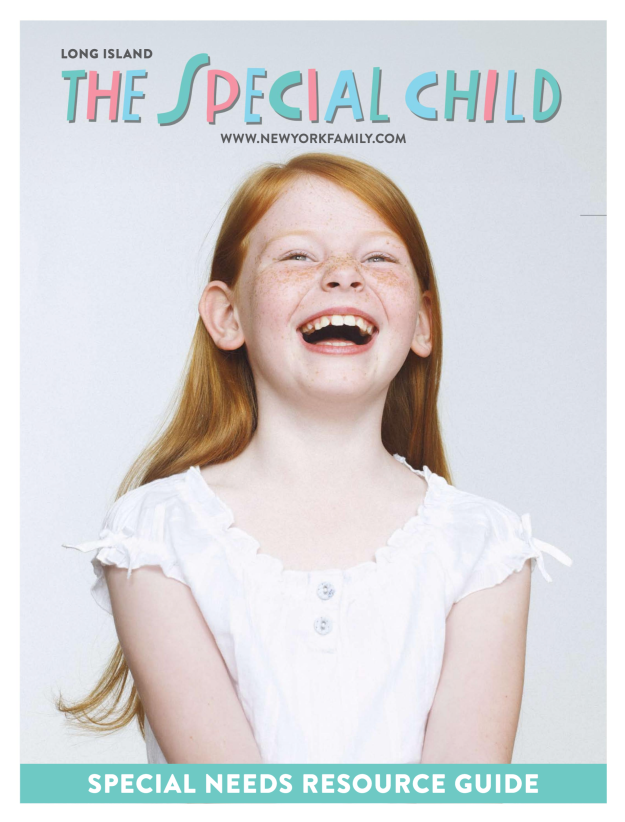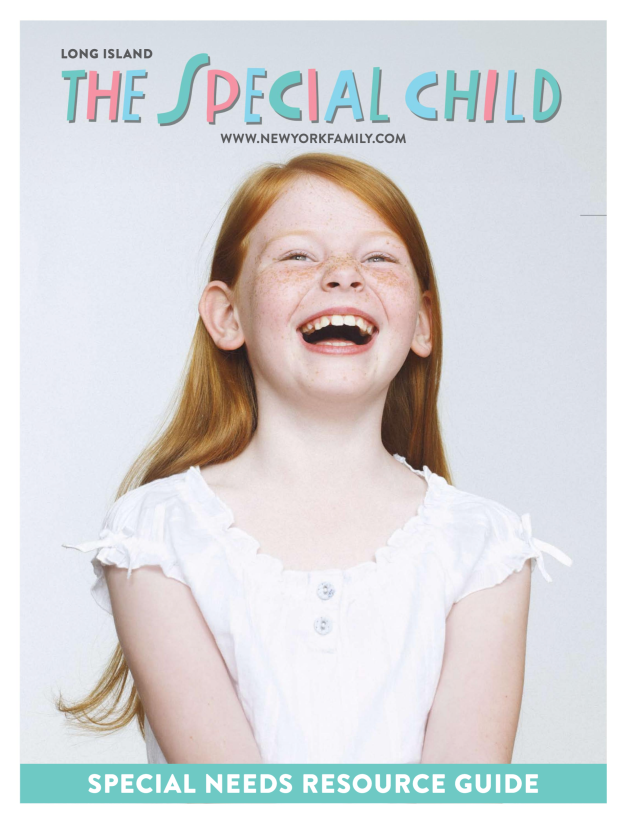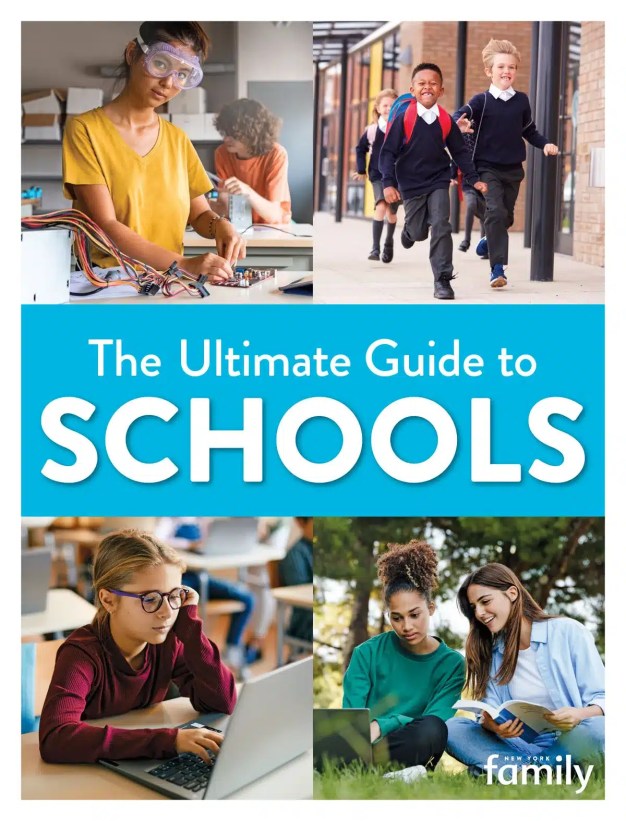
Raising a healthy, happy family in New York City can be a daunting task on its own without even attempting to worry about your carbon footprint. But if you’re like most of us, you’ve probably felt compelled to go green in at least one area of your life. Maybe you bring your own shopping bags to the store, pack snacks and lunches in reusable containers, or partake in “Meatless Mondays” by cooking delicious vegetarian meals for your family each week. There are plenty more fun, educational, and family-friendly ways you can take your greenness to the next level—while saving money to boot!
1. Making Your Own Household Products
Save green by going green. You can make your own natural, non-toxic cleaners or beauty products from a variety of ingredients you likely already have in your pantry. NYC green mom Alexandra Zissu always keeps baking soda, vinegar, and plant-based dish soap on hand. This way, she says, “I can make any cleaning product I need without contributing to air pollution, both indoors and out.”
2. Composting (Three Ways To Do It)
Composting is not only a great way to “recycle” your food scraps, it can also be a fun science experiment for little ones. Keeping food discards out of landfills reduces the amount of methane (a dangerous greenhouse gas) that is released into the atmosphere when decomposing food has no access to air and moisture. Composting is a great way for kids to better understand our relationship to food and the land, and relatively easy methods for doing so in small spaces have made urban composting more and more popular among apartment-dwellers.

3. Biking It
Bicycling is not only fun for the whole family, it’s also one of the greenest forms of transport and a great means of getting in shape. The NYC Department of Transportation has developed several protected bike lanes throughout the city, reducing traffic injuries by more than 40 percent, according to the New York Observer. If you’re not quite comfortable teaching your kids to ride, check out services like Bike New York or City Bike Coach, bicycle schools and coaching services for all ages that also offer free weekend rides. You can put old bikes to good use by donating them to Recycle-A-Bicycle, a non-profit organization and community-based bike shop that refurbishes old bikes, even offering youth programs like art workshops. Another resource: The nyc.gov website publishes biking tips, parking maps, and info on how to snag a free helmet.
Worried about what your children are eating? You should be! Researchers at Environmental Working Group analyzed findings of residue tests conducted by the USDA and found that 78 different pesticides were found on lettuce samples, 64 on grapes, and 42 on blueberries. Organic foods—which are regulated by the USDA and grown without synthetic pesticides, artificial fertilizers irradiation, industrial solvents, or biotechnology—not only have a higher nutritional value, they are also infinitely better for the environment. According to the Washington Post, organic farming uses about 50 percent less energy than conventional farming—and reduces pollutants in groundwater that might otherwise end up in your drinking glass. While there are some foods that you actually should not eat organic (like kiwis and bananas), EWG’s list of “dirty dozen” produce items and 12 other low-pesticide fruits and veggies are a great guide for what you should always buy organic (like apples, potatoes, onions, and avocado).
Another important aspect to keep in mind when greening your grocery shopping experience is buying local. Food co-ops and farmer’s markets can not only help reduce the cost of buying organic, but also stimulate the local economy by partnering with farmers from upstate New York and Connecticut and save energy by eliminating long-distance transportation. NYC Greenmarket produce is often harvested less than 24 hours before market, making it fresher than store-bought, which is sometimes picked up to seven days before appearing on your grocer’s shelves. Shopping farmer’s markets can also be a delicious, hands-on approach to teaching your children about seasonal fruits and veggies and where our food comes from.


















